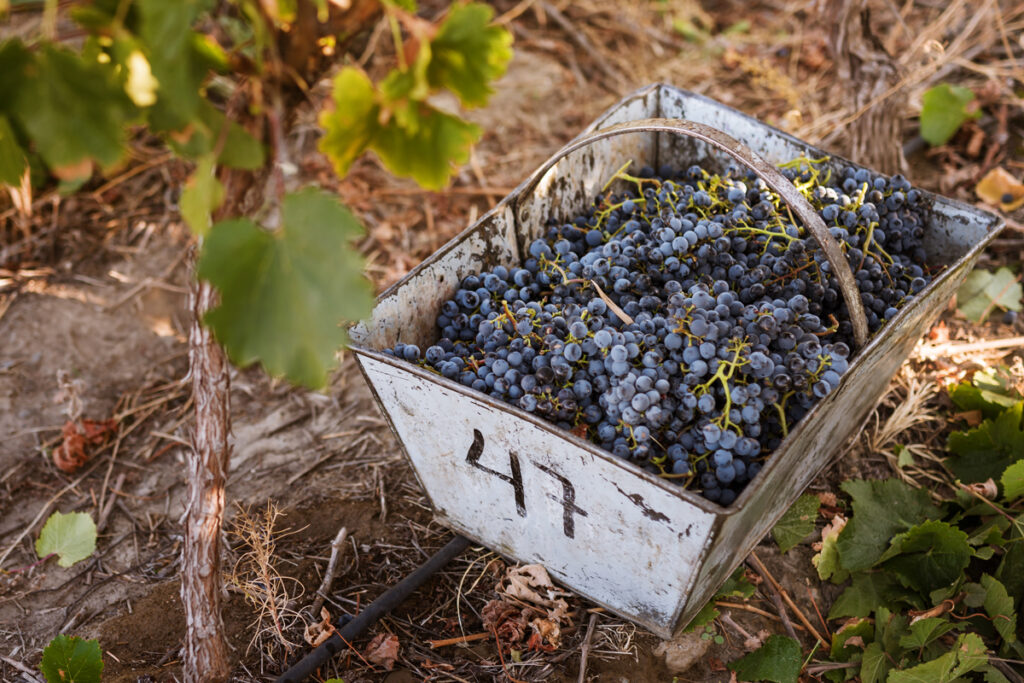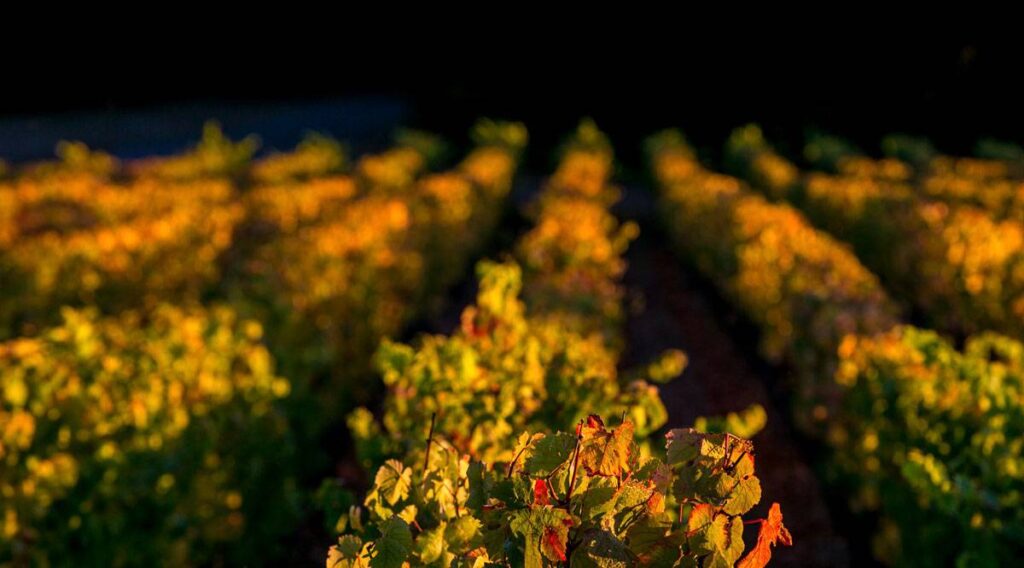How White Wines are Produced: Winemaking Process

The term “white wine” covers a wide variety of styles, flavors and shades that range from from pale yellow to greenish and also the more concentrated and evolved ones approaching amber tones..
Generally, when reference is made to this category in our country, it refers mainly to wines obtained from white varieties such as the Sauvignon Blanc y Chardonnayamong the most traditional, or Torrontés y Rieslingto name a few less conventional ones.
But there are also the so-called blanc de noir, i.e., those obtained from a red grape..
The steps of the process are essentially the same as those followed when making red wine.
After harvesting the fruit, the work is done by de-stemmingThis consists of removing the stalk and leaves from the grains.
The next step is the squeezedThe juice is obtained taking care not to crush the solid elements of the berries, such as the skins and seeds, as this would transmit a bitter taste that is to be avoided.
Then, according to the style of wine you want to obtain, you can make a maceration The juice together with the pulp and skins, which will result in greater body and aromas.
In the case of lighter wines, this step is omitted and the wine is transferred to the pressing the solid material to obtain the must which, through fermentation and the addition of yeast, will become wine. fermentation and the addition of yeast, will become wine.
Some fermentation processes are carried out in French oak barrels French oak barrelsas in the case of Rutini Gewürztraminer CollectionThe wine is aged for four months in these wooden vats, resulting in a fuller-bodied wine with more complex aromas. more full-bodied and complex in its aromas and flavors..
En cuanto a la maturationIt is important to remember that this can be done in stainless steel tanks or in oak barrels.
The wine is then stabilized at low temperatures and filtered and finally bottled bottled. Young wines will be released more immediately to the market, unlike others that may be stored in bottle for some time before their yellow, green or golden tones awaken the senses of consumers and give rise to enjoyment.


